2021
Pink Dahlia
The Dahlia is a common garden flower, but have you looked at one closely? There are 42 species of dahlia, with flowers as small as 2 inches in diameter or up to 1 foot.
We all strive to become the most efficient versions of ourselves. It’s the basic law of nature and holds good for flowers and plants too. The Fibonacci pattern has been adopted by flowers and plants to ensure maximum efficiency, optimal utilization of the available space, and maximum availability of sunlight to all parts and structures. The Fibonacci pattern allows the flower to make optimal use of space by ensuring the growth of a maximum number of seeds on the seed head. As the seeds grow, the centre of the seed head quickly adds new seeds. it does this by pushing the previous ones, or the mature seeds, towards the periphery, so that the growth of the flower never ceases to exist.
Flowers are indeed beautiful and mesmerizing. They are also the perfect examples of the Fibonacci sequence. From pistils to petals and from leaves to the stems, every part of the flower follows a unique Fibonacci number to produce an intricate design
If you are wondering how Fibonacci flowers create such perfect floret arrangements, then the answer lies in the plant hormone called auxin. The growth hormone, auxin, helps in the growth and development of leaves, flowers, stem, and other plant parts. The plant grows where the auxin flows and interacts with other proteins. And since the hormone flows in the plant in a spiral direction, the plant grows spirally, leading to “Fibonacci spirals” in flowers.
All ratios of Fibonacci numbers are closely related to the Golden ratio. In fact, the higher the Fibonacci number, the closer its relationship is to the golden ratio.
Families of plants have the same number of petals. The dahlia flower is closely associated with sacred geometry. Pink Dahlia in the painting is inspired by the geometry of the Dahlia flower, whose petals spiral from the centre with a mesmerizing pattern. This fascinating pattern, based on the Fibonacci sequence or well-known Golden Ratio, led to a collection of large illuminated light flowers.
Sacred Geometry is a representation of the fabric of space, time and life itself. Numerous ancient civilizations and religions based many ideas and theories on the geometric nature of life.
Sacred Geometry is a language that nature uses to create and communicate with itself. When you tap into the power of Sacred Geometry, you are tapping into the energy that connects all living things. Sacred Geometry has been taught by the great Sage’s of the past and it influences our culture every day, most likely without you knowing it. There are various examples all across the world.
A Fibonacci sequence can be found everywhere from plants to stars and whole galaxies. The Fibonacci sequence is showing a good balance of female and male energy. Every plant in nature, every nature's creation is showing us that balance of energies, which we need to find within us, live by it and spread to the world to achieve the long-awaited Harmony, for which this world is starving. In each of us are female and male energies, regardless of gender, which we need to balance and so the world can be healthy, happy, prosperous again and reverse the damage. All changes start within us.
We are living in a time of unbalanced energy. Over centuries Male energy persists to dominate. Imbalance is affecting the whole world and elements of female energy are suffering. Nature is suffering badly, and we now need to focus and ascent the Female energy to achieve balance. Everything and everyone is connected from our DNA, plants, nature, cosmos, space and faraway galaxies. A pattern that is repeating and is a part of everything is showing us that connectedness.
We're all one with Nature and nature uses this ratio to maintain balance in the universe.
Acrylic on canvas, with additionally attached canvas on the edge of the round frame for the overall painting to have a real shape of a flower.
Diameter: 50 cm
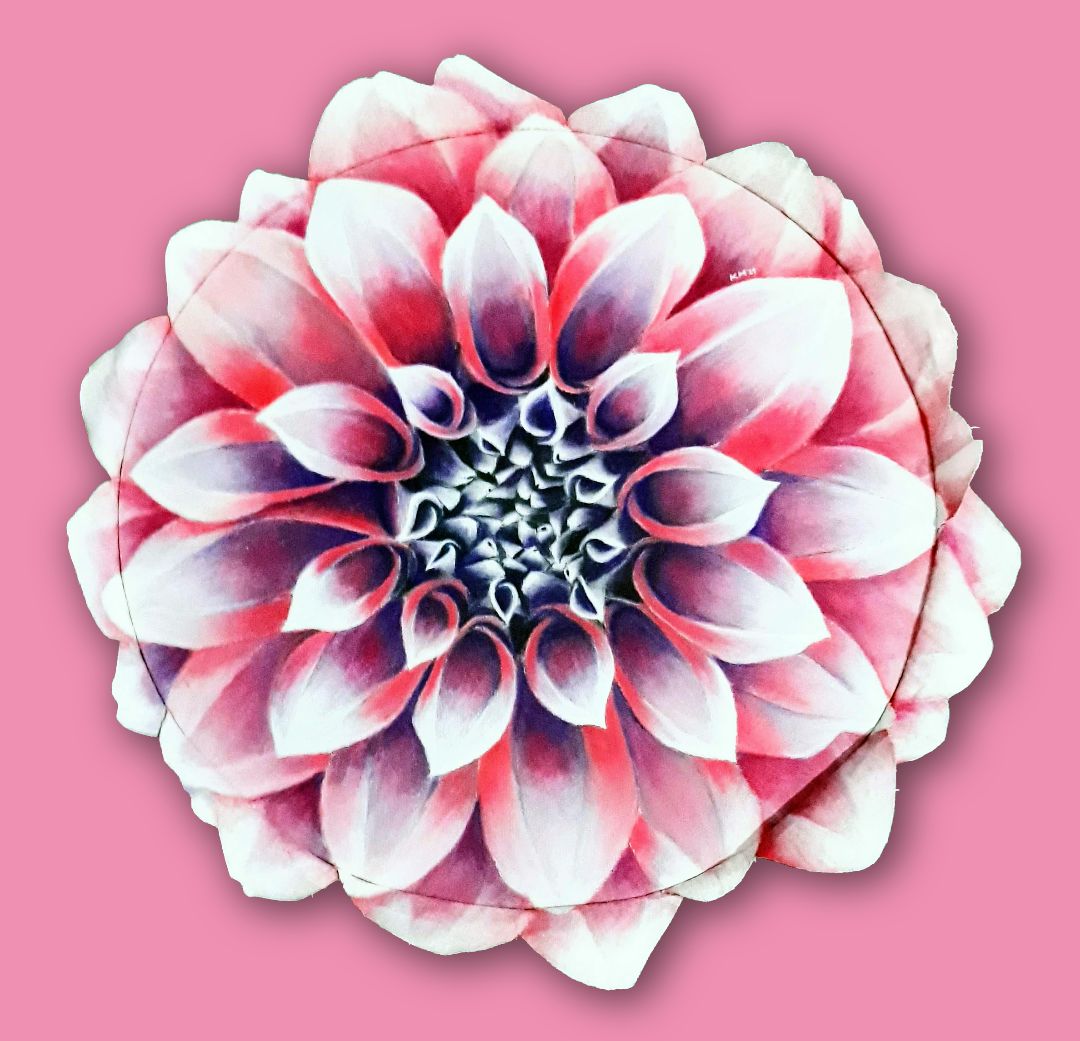


Shop
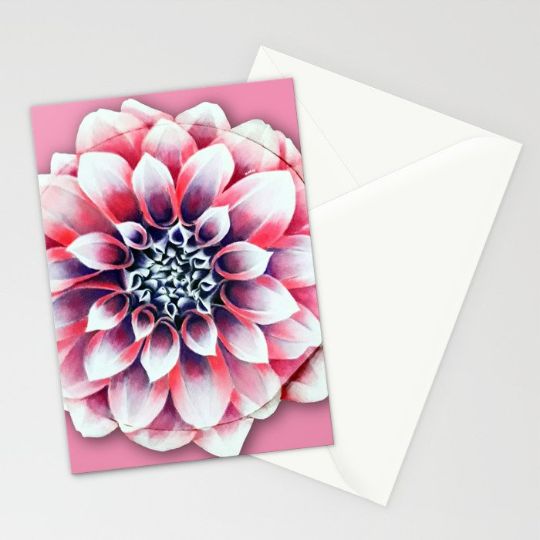
Stationery Cards
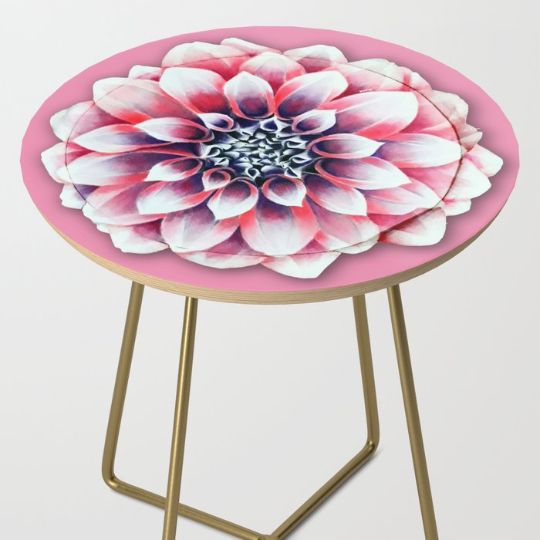
Side Table
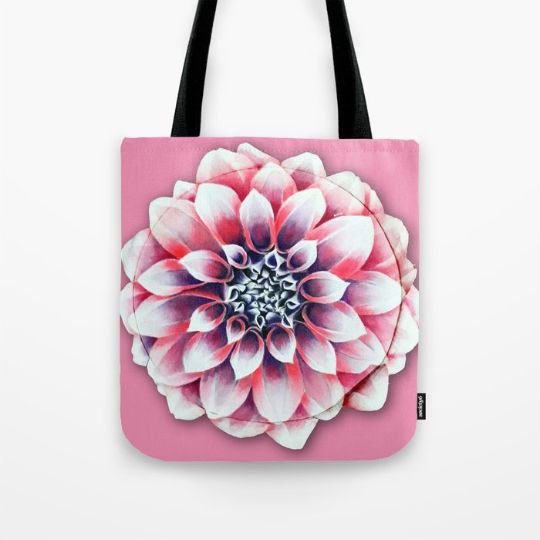
Tote Bag
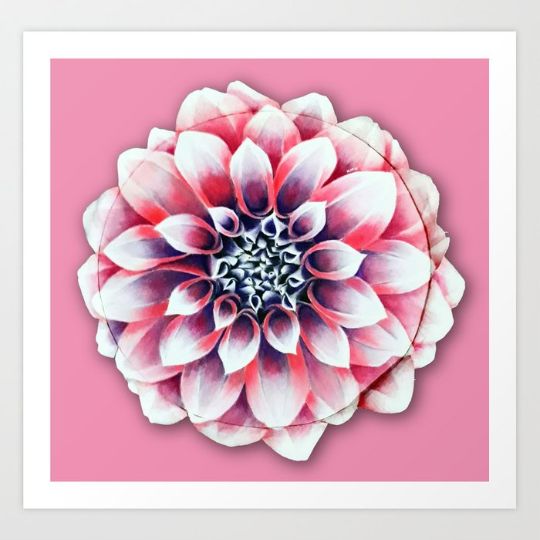
Art Print

Sticker
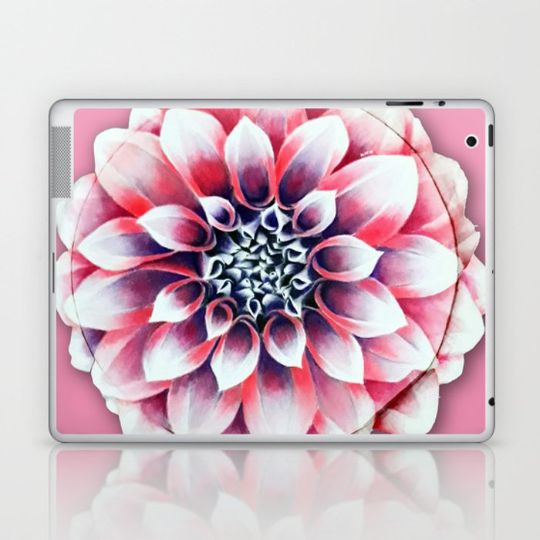
Laptop & iPad Skin
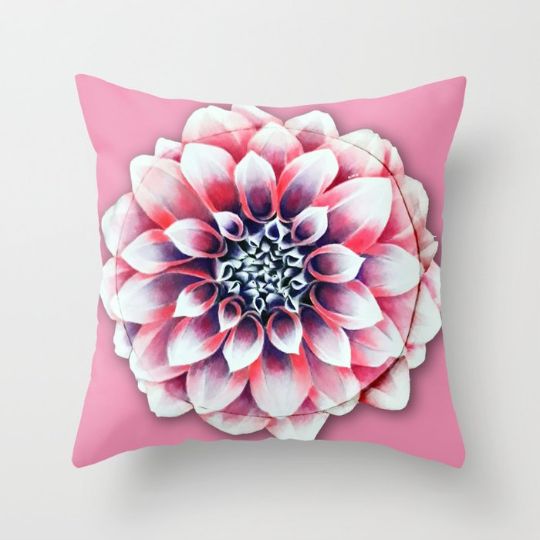
Throw Pillow

Throw Blanket
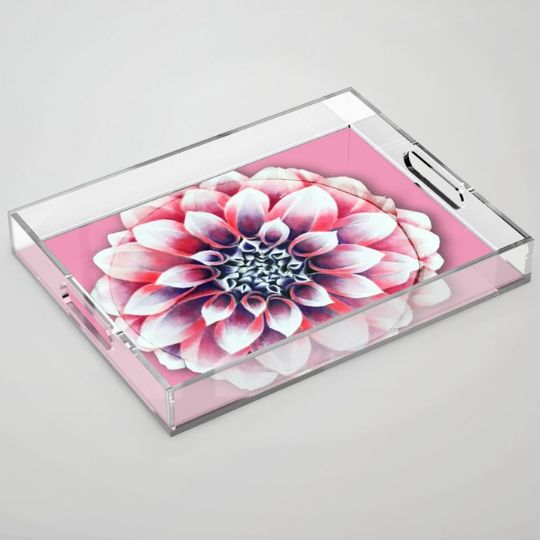
Acrylic Tray
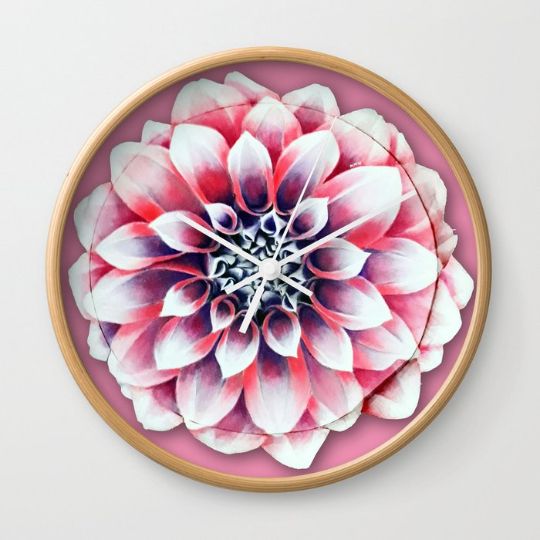
Wall Clock
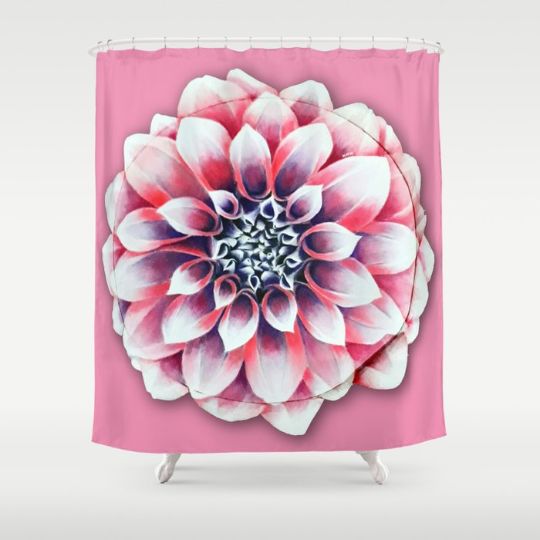
Shower Curtain
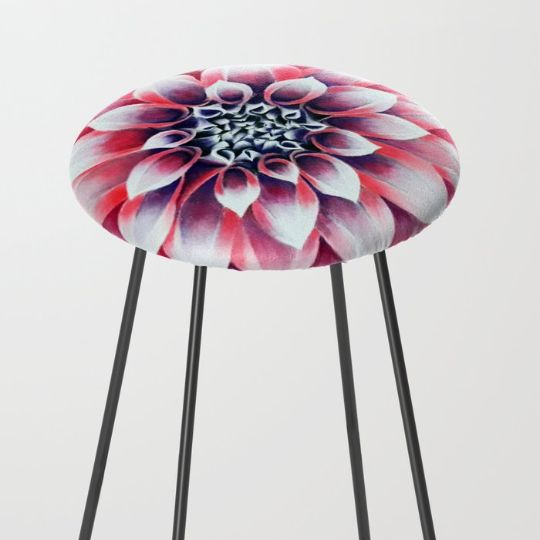
Counter Stool
Pink Dahlia
Diameter: 50cm
The Dahlia is a common garden flower, but have you looked at one closely? There are 42 species of dahlia, with flowers as small as 2 inches in diameter or up to 1 foot.
We all strive to become the most efficient versions of ourselves. It’s the basic law of nature and holds good for flowers and plants too. The Fibonacci pattern has been adopted by flowers and plants to ensure maximum efficiency, optimal utilization of the available space, and maximum availability of sunlight to all parts and structures. The Fibonacci pattern allows the flower to make optimal use of space by ensuring the growth of a maximum number of seeds on the seed head. As the seeds grow, the centre of the seed head quickly adds new seeds. It does this by pushing the previous ones, or the mature seeds, towards the periphery, so that the growth of the flower never ceases to exist.
Flowers are beautiful and mesmerizing. They are also the perfect examples of the Fibonacci sequence. From pistils to petals and from leaves to the stems, every part of the flower follows a unique Fibonacci number to produce an intricate design
If you are wondering how Fibonacci flowers create such perfect floret arrangements, then the answer lies in the plant hormone called auxin. The growth hormone, auxin, helps in the growth and development of leaves, flowers, stem, and other plant parts. The plant grows where the auxin flows and interacts with other proteins. And since the hormone flows in the plant in a spiral direction, the plant grows spirally, leading to “Fibonacci spirals” in flowers.
All ratios of Fibonacci numbers are closely related to the Golden ratio.
Families of plants have the same number of petals. The dahlia flower is closely associated with sacred geometry. Dahlia in the painting is inspired by the geometry of the Dahlia flower, whose petals spiral from the centre with a mesmerizing pattern. This fascinating pattern, based on the Fibonacci sequence or well-known Golden Ratio, led to a collection of large illuminated light flowers.




















 .
.